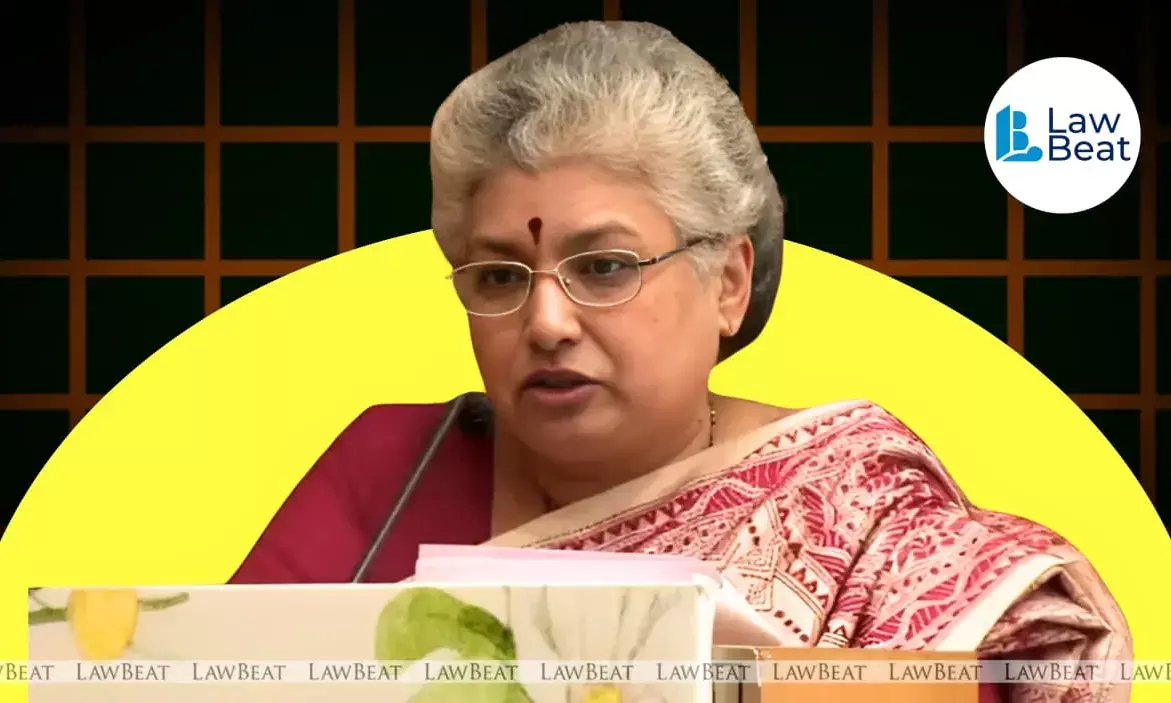Justice Nagarathna Dissents on Collegium’s Recommendation of Justice Pancholi as Supreme Court Judge

Justice Nagarathna speaking at the 2nd National Mediation Conference in Bhubaneswar, stressing the need for specialised mediators and a shift in government’s litigation mindset to strengthen India’s mediation ecosystem
In a significant move, Justice B.V. Nagarathna has dissented from the collegium’s recommendation to elevate Justice Vipul Manubhai Pancholi to the Supreme Court.
The recommendation, adopted on August 25, 2025, by a 4-1 majority of the collegium led by Chief Justice B.R. Gavai, saw Justice Nagarathna as the sole dissenter. Her objection has placed the spotlight on the principle of seniority in judicial elevations.
According to reports, Justice Nagarathna’s note indicates that Justice Pancholi is ranked 57th on the All-India seniority list of high court judges. Her dissent suggests that several other senior and equally meritorious judges were overlooked in this process, which she believes undermines the established seniority principle that has long been a foundational pillar of judicial appointments.
Further, Justice Nagarathna has signaled that the collegium’s credibility is at stake. The note reportedly warns that such appointments, when they appear to circumvent established norms, can erode public trust in the institution's fairness and integrity. She is said to have argued that the choices made now will have long-term consequences for how the Supreme Court is perceived.
The dissent is also stated to have referred to the circumstances of Justice Pancholi’s transfer from the Gujarat High Court to the Patna High Court. Reports indicate that Justice Nagarathna had earlier asked the collegium to review the confidential minutes of this transfer to verify that the process was conducted in accordance with procedure.
Justice Nagarathna’s note reportedly requested that her dissent be uploaded on the Supreme Court’s website.
Notably, Justice Nagarathna is currently in line to become the first female Chief Justice of India, with a tenure of 36 days beginning in 2027.
Born on May 28, 1968, Justice Pancholi's judicial journey began on October 1, 2014, when he was elevated as an Additional Judge of the Gujarat High Court. He was confirmed as a permanent Judge on June 10, 2016. After nearly a decade of service in the Gujarat High Court, he was transferred to the Patna High Court on July 24, 2023, where he took oath as a judge.
In a significant elevation, on July 21, 2025, Justice Pancholi was sworn in as the Chief Justice of the Patna High Court. His appointment was recommended by the Supreme Court collegium and was cleared by the central government on July 14, 2025.
The Supreme Court Collegium, on August 25, 2025, recommended Justice Pancholi's elevation to the Supreme Court of India. If appointed, he is in line to become the Chief Justice of India in October 2031, with a tenure of over a year and a half. This elevation would make him the third sitting judge from the Gujarat High Court on the Supreme Court, alongside Justices J.B. Pardiwala and N.V. Anjaria.
Judicial appointments in the past have also witnessed instances of dissent. In 2011, former Supreme Court judge Justice Ruma Pal described the appointment process as "possibly the best kept secret of this country," a sentiment that was powerfully echoed by Justice Jasti Chelameswar. In his 2015 dissent on the National Judicial Appointments Commission (NJAC) verdict, Justice Chelameswar refused to attend collegium meetings, publicly citing the system's lack of transparency. His actions played a key role in the collegium's subsequent decision to begin publishing its resolutions online, bringing a new level of accountability to the process. Another significant example of internal dissent's impact occurred during the tenure of Chief Justice S.A. Bobde, where a reported deadlock within the collegium caused a major delay in appointments to the Supreme Court for two years, from 2019 to 2021.
The issue of seniority also intersects with gender representation in the judiciary. Since the Supreme Court's inception in 1950, only 11 female judges have been appointed. At present, Justice B.V. Nagarathna remains the sole woman judge on the bench. The data indicates that women have historically represented approximately 4% of the total judges who have served on the Supreme Court, and their tenures have often been shorter than their male counterparts.
